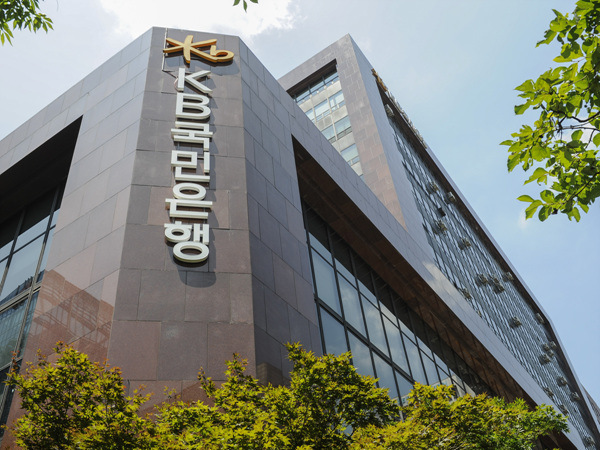Opened in 1968, Chung-Ang University Hospital is classified as a large hospital with 893 beds and 202 hospital rooms. In the early 2000s, by introducing a full EMR (Electronic Medical Record) system that eliminates paper, charts, and films, at the same time as Konkuk University Hospital and Sinchon Severance Hospital, Chung-Ang University Hospital has been one step ahead in the IT field.
The Personal Information Protection Act came into effect in 2011 and made it compulsory to keep log records (access records) for six months and to install anti-virus programs and firewalls to manage them safely. Because of this, not only general companies and those in the financial sector, but hospitals also had to strengthen their security and management of infrastructure containing personal data.
Amendment to the Personal Information Protection Act came into effect on August 7, 2014. In compliance with this amendment, the hospital is accountable for preventing forgery and storing access history of personal data. The burden of proof is on the hospital, should a personal data breach occur based on the enforcement of the Personal Information Protection Guidelines for medical institutions.
Accordingly, Chung-Ang University Hospital saw the necessity to deploy a log management system to triage and analyze internal data breaches.
Kim Young-gwi, head of the IT at Chung-Ang University Hospital, said, "Not just because of the Personal Information Protection Act, but we also thought consolidation of log events were necessary and started looking into solutions”
To provide more secure protection of personal data, Chung-Ang University Hospital has deployed various security devices. As a result, a unified control system could not be established. The main purpose of the “Log consolidation” project was to make it possible to know the status of all systems and servers at a glance.
Chung-Ang University Hospital runs about 100 servers and network devices with two HP Superdome 2 as its core. The amount of log records generated per day on these devices is about 20 gigabytes.
Chung-Ang University Hospital tested log management platforms that could process large-scale logs, such as Splunk; however, foreign solutions proved improper for real-time support and timely maintenance. “We tested foreign solutions for 4-5 months. However, a domestic engineer could not give us a quick answer about the function we requested. For example, when requesting UI improvement, we had to wait until the head office responded, which was time-consuming and cumbersome.”
Logpresso was the choice of Chung-Ang University Hospital. At that time, Logpresso had been used in many FDS in the financial sector, but it had not been deployed in any hospitals. However, Chung-Ang University Hospital was convinced that Logpresso could provide the function that Chung-Ang University Hospital required and ran a PoC (Proof of Concept) test for a sufficient time to confirm its reliability.
Team leader Kim explained, “It has been inconvenient to manage all the individual servers, network devices through a separate monitor. We needed an integrated monitoring system. We thought it would have been better if we could monitor the server status as well at the same time. Logpresso had all the functions, so we verified its functionality.”
Finally, a log management system was deployed based on Logpresso, and Chung-Ang University Hospital unified the monitoring of cyber security solutions.
Against the recent rash of ransomware attacks from China, Chung-Ang University Hospital is ready to effectively respond. Kim said, “When an abnormal signal is detected through the monitor, a system can identify the cause immediately. We now plan to improve the user interface in the future.”
Meanwhile, Chung-Ang University Hospital is also working on upgrading its log management system. It considers the establishment of a clinical data warehouse (CDW) that applies big data technology based on the log management system. Kim explained that it considers introducing a system that allows professors to easily find research data based on the engine applied in log management. “Future big data technology in hospitals will be evolved to assist doctors’ research,” added Kim.
Read the original article here: http://m.ddaily.co.kr/m/m_article/?no=141522



